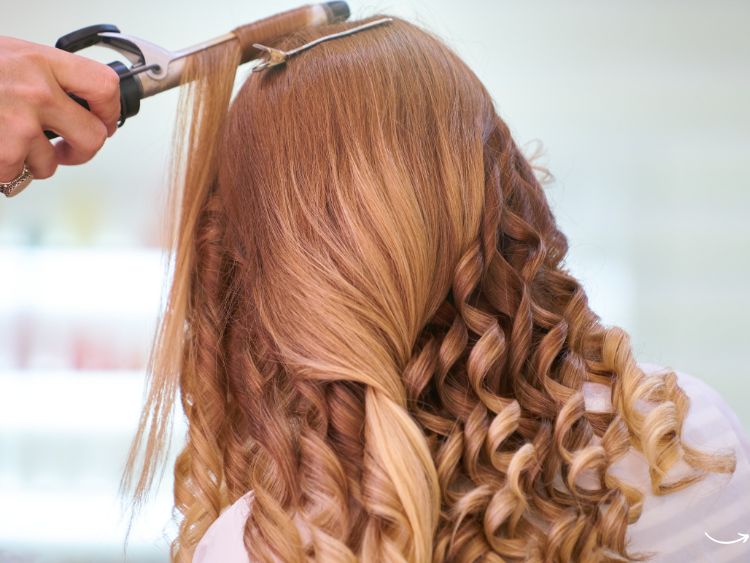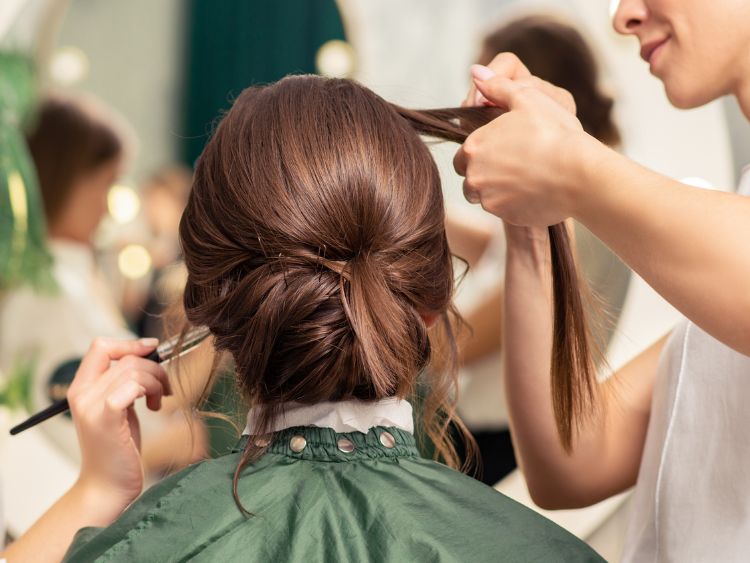9 Korean Wedding Traditions You Need to Know
AKorean wedding is a colorful but Korean Wedding Traditions affair. Though in recent decades, Western conventions have made inroads into Korean weddings, several elements of ancient Korean traditions still occur at most ceremonies. At a Korean wedding, you will almost certainly witness symbolic rites, gift-giving, bowing, and vows.
“There’s been a general shift in interest with modern couples wanting to incorporate elements of the Korean traditional wedding ceremony,” Estella Park of LeeHwa Wedding says. “When my mother began this business 30 years ago, people thought the traditional ceremony was outdated, but nowadays it’s a trend. Americanized Koreans add meaning to their weddings by embracing their heritage and incorporating the deep symbolism of Korean weddings into their modern ceremonies. Our clients are fascinated to learn about the history behind each custom, from the food on the table to the gorgeous hanbok dresses we provide—it adds so much meaning to their ceremony.”
Hanbok
The bride will most likely wear hanbok, or Korean traditional formal clothing, historically made of silk, while the groom may wear hanbok or a suit. During the paebaek and the formal Korean traditional wedding, a bride may choose to wear a wonsam, an intricate upper garment embroidered with designs in silk thread, along with a full skirt called a chima. A less formal but still traditional bride wears the chima and a jeogori, a long-sleeved upper garment that is generally shorter and cropped higher compared to the wonsam. The more formal groom or a groom attending a paebaek wears a samogwandae, the court attire of the Chosun Dynasty. His attire consists of a long, elaborate robe-like vestment on top of pants and a jacket, along with a belt and a headpiece called a samo, a black cap with wings on the sides. The less formal groom might opt to simply wear pants called baji and a jacket called a jeogori.
Specific Colors
The colors that the bride and groom wear are symbolic of the “taeguk,” or “eum-yang” (also known as yin and yang). The bride dons a red hanbok, while the groom wears blue—together, the two colors, like the circle at the center of the Korean flag, represent the balance of complementary entities. Traditionally, the marriage would occur at dusk, representing the balance between light and dark as well. The mother of the bride will wear warm tones, including pink, purple, or orange, while the groom’s mother will wear cool tones like blue, gray, or green—though mothers with specific color preferences have known to swap tones, Park says.
Envelopes of Money
Cash gifts in white envelopes are the most common gift at a Korean wedding. Traditionally, during the paebaek, the bride and groom receive words of blessing and money gifts from the parents. LeeHwa Wedding provides silk pouches in which guests may place their white envelopes containing their gifts. Prior to the wedding day, the bride’s family brings the groom’s family money gifts as well.
Processional Parade
Traditional Korean music will play. Historically, the groom would parade to the bride’s house on a horse, but now an officiant will enter and begin to explain the wedding, guiding the audience through the sequence of events. The two mothers will walk in first, each with their own candles. The bride’s mother carries a red candle and the groom’s mother carries a blue candle. Just like the red and blue clothing, these two colors symbolize the balance of cosmic forces that occur in nature. When the mother reaches the end of the processional, they light one single candle, symbolizing the beginning of the Korean traditional wedding.
Explanation of the Table
The officiant then begins to explain the contents on the table, which include Mandarin-style wooden ducks (won-ang seteu), pinecones, bamboo, dates, chestnuts, persimmons, red beans, gourd cups, and a copper bowl. The copper bowl is for the handwashing of the bride and groom, to symbolize their cleansing and purity for one another. Pinecones and bamboo represent loyalty for life, while dates and chestnuts represent fertility and however many children the couple will have.
Jeonanyrye
This is the “presentation of the wild goose,” in which historically, the groom would gift a wild goose to his mother-in-law to symbolize his commitment to his new wife, showing he would be loyal to her for life just like geese, which mate for life. In modern times, the groom’s family will gift wooden ducks to the bride’s family.
Gyobaerye
Historically, a Korean wedding was an arranged marriage in which the bride and groom would see one another for the first time at this point. First, the bride and groom, who would each have two attendants to assist in the ceremony, would walk to opposite ends of the wedding table and the attendants would spread out a rug for the bride and a rug for the groom. The attendants wash the bride and groom’s hands to symbolize cleansing themselves for the ceremony. Facing one another, the bride and groom bow to one another—the bride bowing twice to the groom, the groom bowing once to the bride, the bride bowing two more times, and then the groom bowing once more. Then, they kneel down and face one another.
Hapgeunrye
This is the time when the bride and groom will drink from the same copper cup. Either the bride and groom will drink from two separate halves of a gourd connected by a thread, from the same cup, or from a combination of both. The halves of the gourd symbolize that the bride and groom are becoming one whole entity. In one tradition, the first sip from the copper cup represents the couple’s relationship with one another. The second sip is taken from the gourd cups, which are switched between the bride and groom after the second sip to represent an interchange. Finally, the groom and the bride bow together to show respect—to their parents, their ancestors, and their wedding guests.
Paebaek
This is one of the most important—and often, most enjoyed by wedding guests—moments of the Korean traditional wedding, emphasizing the importance of family to Koreans. Historically, only the groom’s parents would be with the bride and the groom for the paebaek, but now both sets of parents are invited. This was previously only a private ceremony for those family members, but now, many modern couples hold the ceremony during a cocktail reception hour so that all guests can view the paebaek, and the moment can be photographed. Both sets of parents sit behind a low table full of food from the original wedding ceremony table. Nowadays, families try to incorporate as much food as possible on the table to make it look as lush as possible, but traditionally it was only three platters of food: a tower of chestnuts and dates, flat beef jerky, and a third platter of eight little appetizers called anju.
Paebaek foods are often plastic and merely for photographs. The couple enters, bows, and pours tea. They receive blessings and monetary gifts from their parents. The bride and groom do a grand bow, and then a half bow, then sit down. Holding a white fabric with flower embroidery, they catch dates and chestnuts that the two sets of parents throw. The number of dates and chestnuts the happy couple catch in the cloth represents the number of children they will have, with dates representing sons and chestnuts representing daughters. Then, photos are taken and the groom may or may not piggyback the bride once or twice around the table. If the groom is feeling confident, he may carry his mother and his mother-in-law around the table as well.


